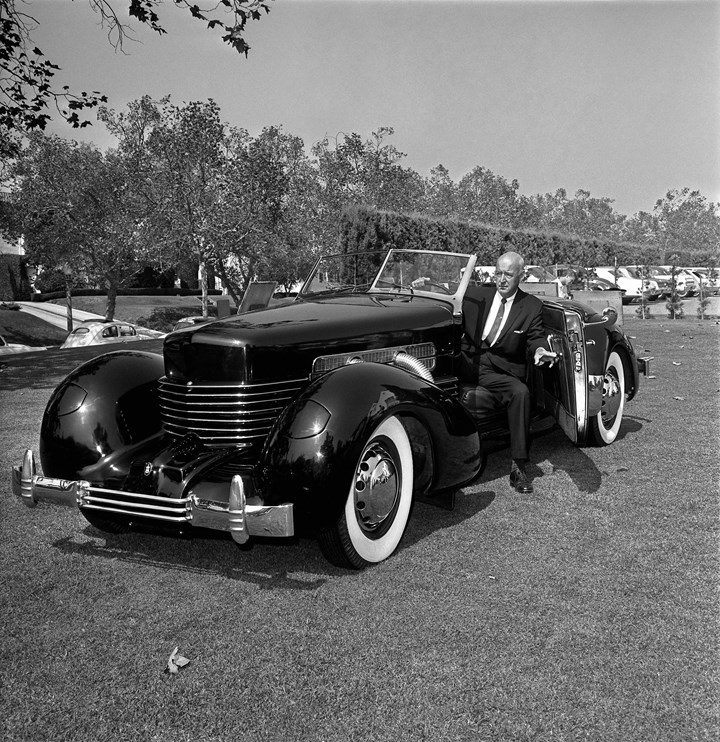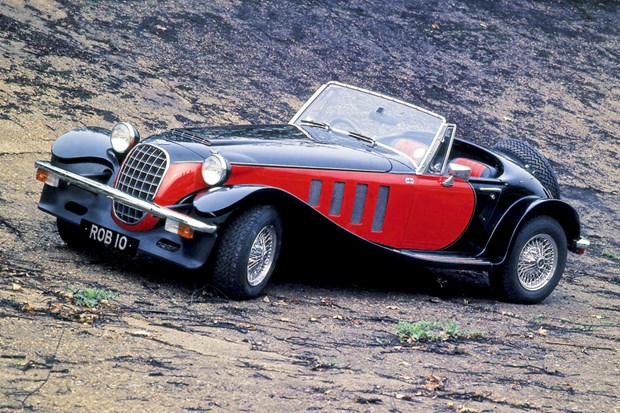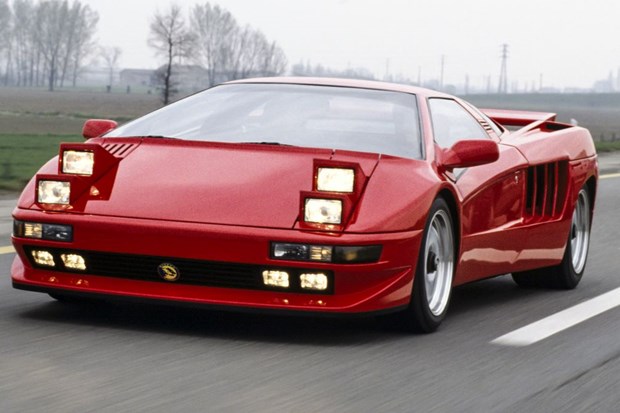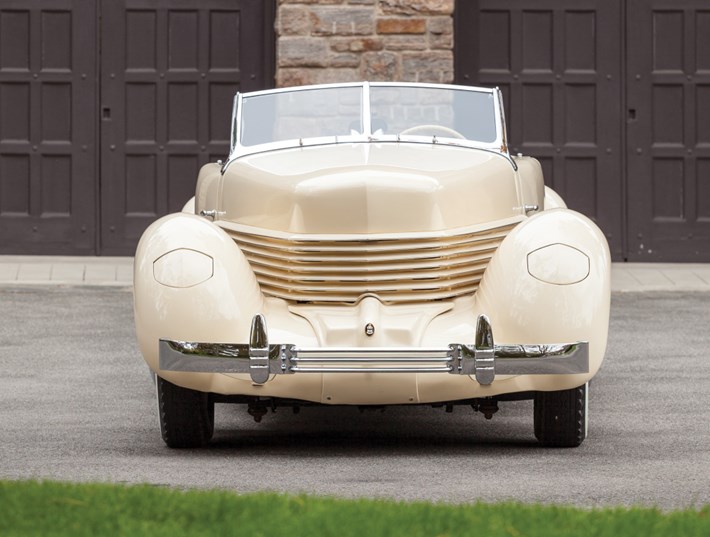
For just a few years, Cord produced cars that were ahead of their time. Unfortunately, problems soon began to mount...
As in the case of many car brands, a businessman was behind a project that changed the course of the history of mobility. Errett Loban Cord was one of them, and this American made a name for himself in 1924 when he bought Auburn, a manufacturer in serious financial difficulties. Cord's first stroke of genius was to repaint stock cars, which sold out very quickly thanks to their shiny new colours. The following year, he approached Lycoming Engines, a renowned engine manufacturer, to sell him engines. He finally bought the firm in 1927, after acquiring Duesenberg, another prestige car brand. Now at the head of a motor group, Cord was not yet satisfied, because his dream was to put his name on a car.
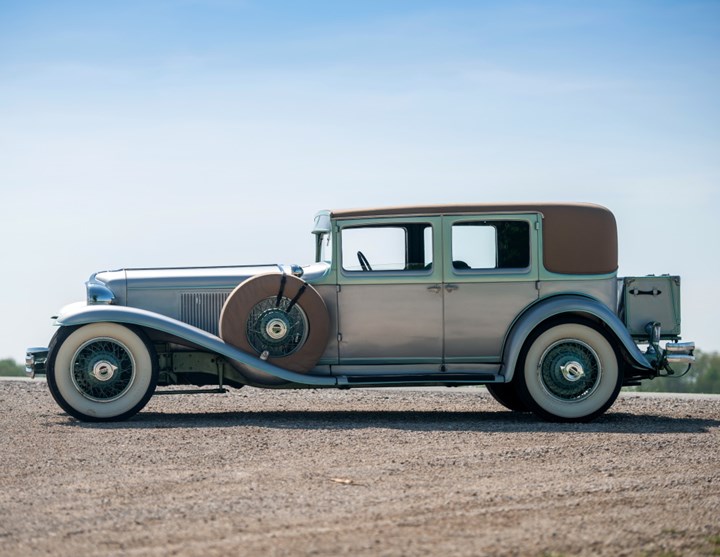
Pioneer
In 1929, he took the plunge by launching the Cord L29, the first American car to adopt front-wheel drive, and a particularly innovative car with an X-shaped chassis. Presented the same year at the Paris Motor Show, the L29 was a curiosity and a big hit with Hollywood stars across the Atlantic. Unfortunately, the crash of the Wall Street stock market severely damaged the career of this car, powered by a 4.9-litre in-line 8-cylinder engine: production was halted in 1931 after just 5,000 units had been built.
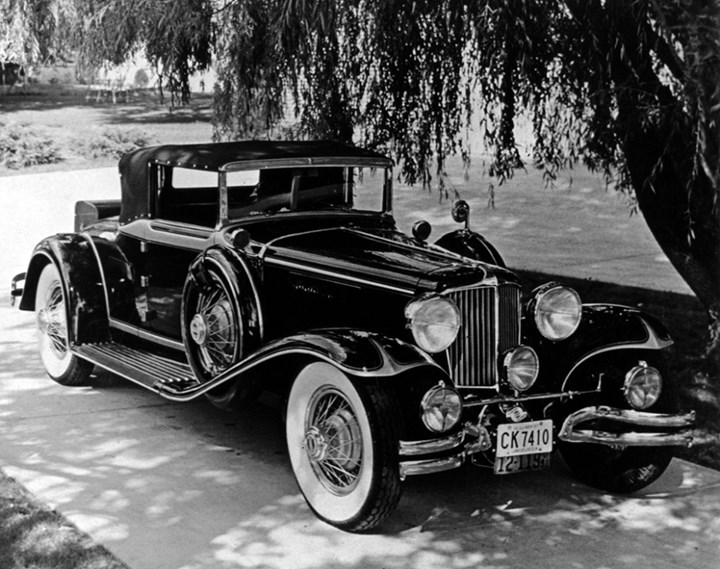
Second attempt
Cord did not give up, however, and began work on a new, even more revolutionary model: the 810. Designed by Gordon Buehrig and his team of Vince Gardner and Alex Tremulis, this car was inspired by the Art Deco style of the time. The first vehicle to feature retractable headlamps, the Cord 810 adopted Duesenberg's styling cues, such as the flexible side exhausts and fastback lines. In other respects, it broke new ground with its 'coffin' bonnet, eliminating the need for a conventional radiator grille, and its doors with no visible hinges. The cabin was equally well treated, with a dashboard covered in hammered aluminium and a radio - a great luxury in the early 1930s. The car was finally presented at the 1935 New York Motor Show and was available in 4 different body styles: the classic Beverley Sedan, the more sophisticated Westchester Sedan, the two-seater Convertible and the four-seater Convertible.
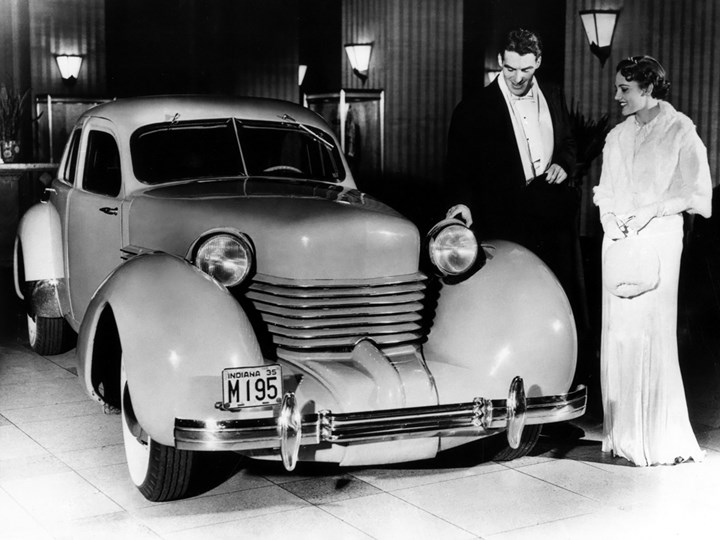
Innovative
The Cord 810 was a marvel of technology, with independent front suspension, a 4.7 V8 engine mounted longitudinally at the front, a Borg Warner 4-speed preselective gearbox, 4 power-assisted drum brakes and hydraulic shock absorbers. Capable of reaching speeds of 150 km/h, this monocoque completely outperformed the competition of the day. In 1937, Cord launched the 812, which was fitted with a compressor to boost power to 170 bhp. As an option, a Schwitzer-Cummins compressor even enabled the car to develop 190 bhp, giving it a top speed of 177 km/h. Unfortunately, the United States was hit by the Great Depression in 1936, and customers' purchasing power suffered as a result. For its part, Cord experienced major delivery delays, as well as reliability problems with the transmission in particular. The 812, which corrected the problems of the 810, was more expensive than the latter, which didn't help matters. For his part, Errett Lobban Cord was being hounded by the courts over allegations of financial fraud. He sold his aeronautics business to Aviation Corporation (AVco). His automotive business, formed by Auburn-Cord-Duesenberg, simply closed down in 1937. In two years, only 2,830 Cord 810/812s were produced. Today, the brand is part of American motoring legend.
